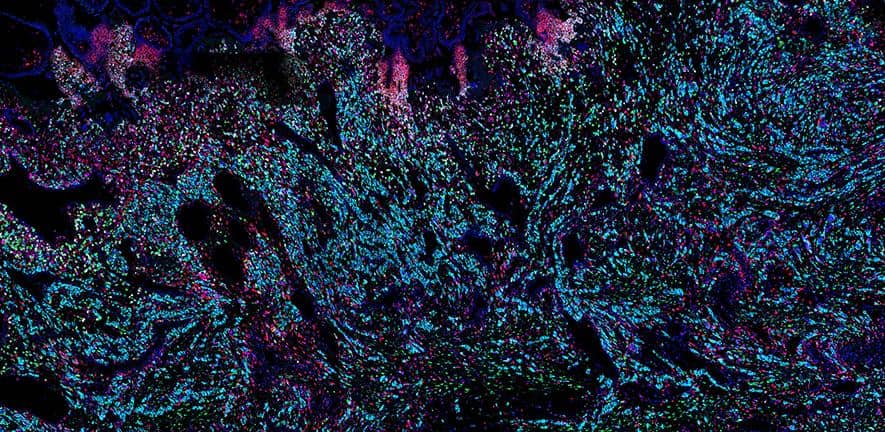
A groundbreaking study led by researchers from the University of Cambridge, the Wellcome Sanger Institute, FMI Switzerland, EMBL-EBI, and collaborators has successfully mapped the complete trajectory of placental development, the University of Cambridge writes in a press release. It provides valuable insights into pregnancy disorders such as miscarriage, stillbirth, and pre-eclampsia.
As part of the Human Cell Atlas initiative, the research utilised cutting-edge genomic techniques to examine all cell types involved and how trophoblast cells communicate with the maternal uterine environment.
Unprecedented Detail in Placental Development
The study, published in the journal Nature, is the first to draw a complete picture of placental development and describe in detail the cells involved in each crucial step. Previously, studying placentation in humans has been challenging due to its complexity and limitations in animal studies, which often fail to account for physiological differences between species. The placenta is a temporary organ built by the fetus that facilitates vital functions such as fetal nutrition, oxygen and gas exchange, and protection against infections. The formation and embedding of the placenta into the uterus, known as placentation, is crucial for a successful pregnancy.
Researchers used rare historical samples that encompassed all stages of placentation occurring deep inside the uterus to obtain an in-depth understanding of placental development and communication with the uterus. This research is unique in its ability to capture placental development in unprecedented detail, using genomic techniques to identify cell types involved and their communication with the maternal uterine environment.
Organoids: A Promising Tool for Studying Placentation
Organoids are a promising tool for studying placentation and pregnancy disorders, as they offer a more accurate representation of human placental development than animal models. The insights gained from this research will help in the development of effective lab models to study placental development and facilitate new ways to diagnose, prevent, and treat pregnancy disorders such as miscarriage, stillbirth, and pre-eclampsia, which affect up to 6% of pregnancies in the UK, with severe cases developing in about 1-2% of pregnancies.
Advancing Knowledge on Pregnancy Disorders
Understanding normal and disordered placentation at a molecular level is essential for addressing questions about poorly understood pregnancy disorders. The findings from this study provide a foundation for further investigation into these disorders and the development of targeted treatments to improve pregnancy outcomes worldwide. According to Anna Arutyunyan, co-first author at the University of Cambridge and Wellcome Sanger Institute, “This new level of insight can help us improve laboratory models to continue investigating pregnancy disorders, which cause illness and death worldwide.”
Sources Laio used to write this article:
– Spatial multiomics map of trophoblast development in early pregnancy
– Cell mapping and ‘mini placentas’ give new insights into human pregnancy
– Research into ‘mini placentas’ gives new insights into human pregnancy








